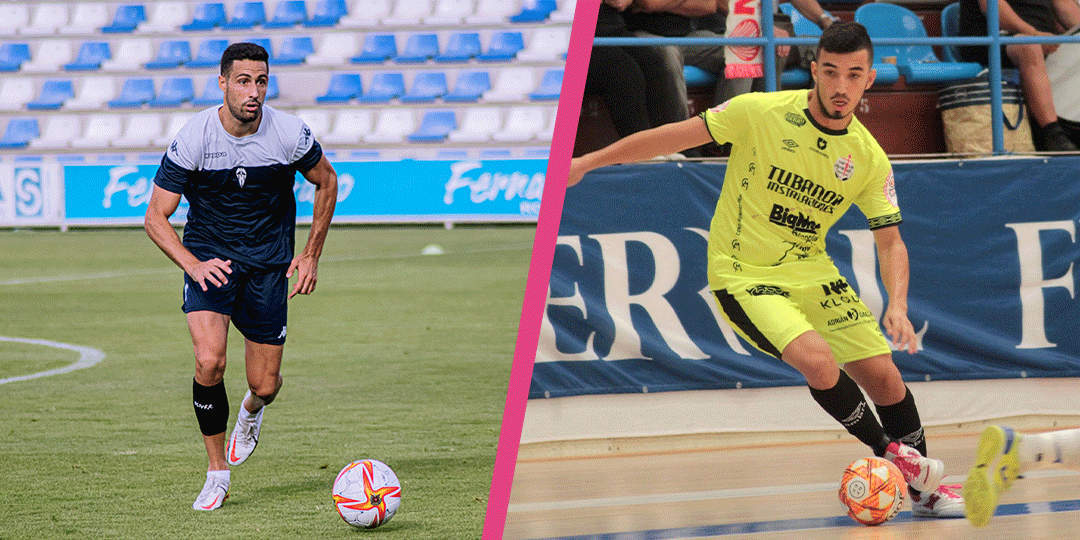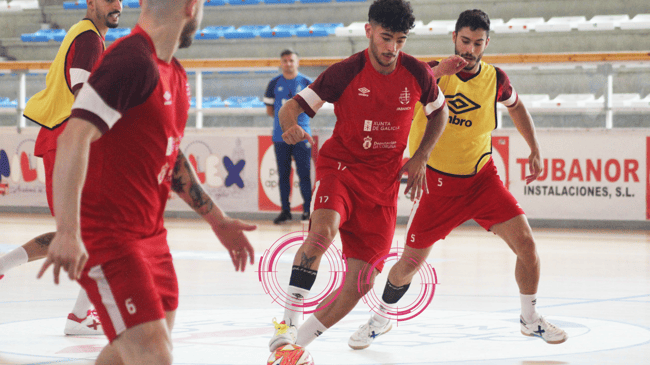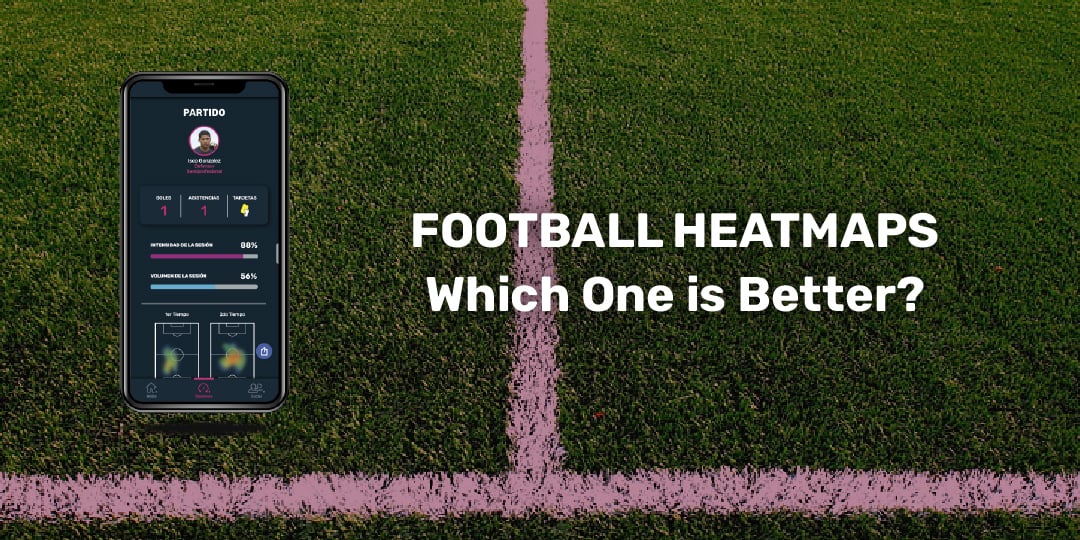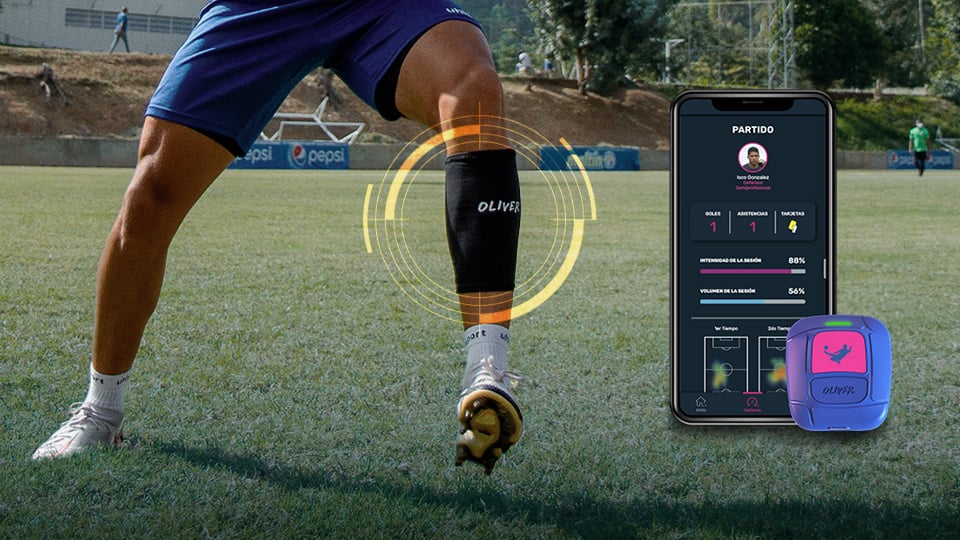Football vs Indoor Football: Which one is more physically challenging?

The two types of football differ in many ways and are similar in others, but in this article we will focus on the physical aspects. In which one do players run the most? Which one is more intense? Which one is more physically challenging? All of this can be answered thanks to GPS technology, and today we are analysing every detail.
First of all, if you don't know very well what futsal or Indoor Football is, we recommend you read this article. If you already know something about futsal, let's start discussing the physical details of both sports and, above all, compare them.
To perform an objective analysis, we will take advantage of OLIVER´s GPS technology and closely compare the key metrics between the two types of football. In order to get to the bottom and discover the differences between futsal and 11-a-side football, it is not enough to analyse the distance covered. Through Big Data, we can see multiple aspects to understand better how each sport works.
In which one do you run the most?
When it comes to distance covered, football has a clear advantage. The main reasons for this are the size of the pitch and the minutes per game. Both variables result in conventional football players running between 8 and 12 kilometres each game, while futsal players run an average of 3.5 kilometres, although there are futsal players who can run up to 6000 metres in a game.
Top speed: In which one do you run the fastest?
Regarding top speed, conventional football also has an advantage. However, this is due to one decisive factor: pitch dimension. Football players run faster than futsal because a player needs to run approximately 40 metres in a straight line to reach its top speed. The top speed of an 11-a-side football player (according to data provided by OLIVER) is usually between 31 and 35 km/h and futsal players between 26 and 27 km/h.
Intensity, a key factor in Futsal.
On the other hand, futsal demands more intensity. It has more transitions, and the players interact more with the ball. The main reason is the pitch size, which is way smaller.
A clear example of this is that an 11-a-side football player of a Primera RFEF team takes an average of 15 power kicks (with peaks of 30 to 45), and a First Division futsal player takes an average of 30 power kicks (with peaks of 60 to 65). Maintaining such intensity throughout the match is extremely difficult, so unlimited substitutions make sense in futsal.
 The Futsal data corresponds to players who use OLIVER in the Spanish First Division of Futsal.
The Futsal data corresponds to players who use OLIVER in the Spanish First Division of Futsal.
Different developments, big differences.
As is also the case with women's football, futsal often lags behind men's football. Some examples are professionalisation, investment, remuneration and technology. Although the gap is narrowing and futsal is growing more and more in Spain and the world, it is undeniable that there is still a long way to go.
The good results of the national teams and the fact that the sport is getting closer to people through social media and TV means that futsal is becoming increasingly important on the sports fans' agenda. In addition, GPS devices such as OLIVER, which are 100% adaptable to futsal, help all sectors of football to access elite technology, something that until a few years ago was exclusive to top-level men's football.
Which one is better?
Surely, this question must be answered by yourselves. Just as futsal has more tactical aspects and dribbling "on a tile", conventional football brings different magic. It is no coincidence that it is the most played sport in the world.
No doubt everyone will have their own decision and enjoy one more than the other. Despite their differences, both sports receive hundreds of thousands of players and fans in their stadiums looking for unforgettable experiences. Last but not least, both disciplines are gaining more and more interest and growing at a pace that was unimaginable years ago.
Learn more about OLIVER and how you can measure your and your team's metrics.


